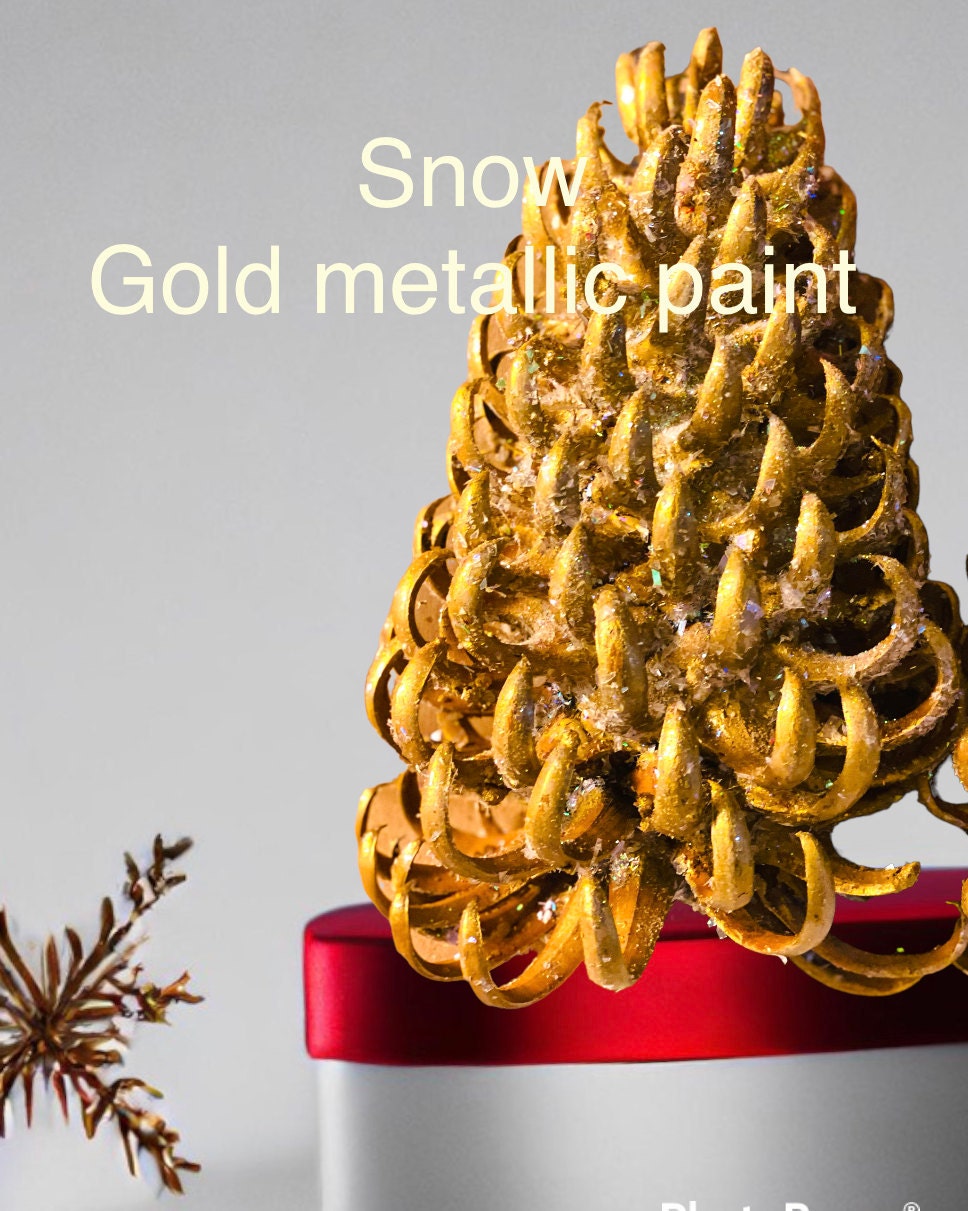Once upon a time, in a dense forest filled with towering pine trees, there lived a group of woodland creatures. Amongst them were squirrels, birds, and rabbits, who went about their daily lives, gathering food, building their homes, and playing in the fore .One day, a small squirrel named Nutmeg was out searching for food when she stumbled upon a curious object lying on the ground. It was a pinecone, big and brown, and covered in prickly scales. Intrigued, Nutmeg picked it up and began to examine it closely .As she turned the pinecone over in her tiny paws, she noticed something strange. The scales of the pinecone seemed to be closed shut, as if guarding some secret inside. Nutmeg couldn't resist the temptation to open them up and see what lay within.Using her sharp teeth, Nutmeg began to pry open the scales one by one. To her surprise, nestled inside the pineconan ornamentalupon rows of tiny seeds, each one packed full of delicious nuts.Excited at her discovery, Nutmeg knew she had to show her fellow forest creatures. She bounded back to her family's tree and called out to the other squirrels, "Look what I found! A pinecone filled with nuts!"Soon, the other animals in the forest caught wind of Nutmeg's discovery, and they too began to collect the pinecones that lay scattered around the forest floor. The squirrels and birds worked together to gather as many pinecones as they could find, bringing them back to their homes and cracking open the scales to reveal the hidden treasure within.For years to come, the forest creatures continued to rely on the humble pinecone for their food and warmth, and Nutmeg became known as the squirrel who discovered the secret within the prickly shells.And so, the pinecone became a symbol of the abundance and generosity of the forest, providing for its inhabitants in ways they never could have imagined.
Pine cones have been associated with various mythologies and legends. For example, worshippers of Dionysus carried a phallic pine-cone-tipped wand. Pine cone images appear on a number of ancient fertility amulets. For the Romans, the pine was an object of worship during the spring equinox festival of Cybele and Attis. In this story, a man would be killed while climbing a tree and picking pine cones. After he had fallen to the bottom of the tree, a pine cone would drop on his head. Pine cones have an important function in nature as well. The main function of a pine cone is to keep a pine tree’s seeds safe. Pine cones close their scales to protect the seeds from cold temperatures, wind, and even animals that might try to eat them.
Pine cones have a variety of uses. They can be used to create a whole host of decorations for your home. Pine cones can be used as anornamental objectt for decorating home appliances such as tables or showcases.
Pine cones are abundant this time of year. They can be found on wreaths, baskets, door swags, trees, and the ground, among other things. I began thinking about, sharing, and great range from all the various manners I've arranged with pine cones and how bringing them inside is an enjoyable way to bring a little nature into our indoor environments.
There's a fascination with pine cones that entices us to pick them up. It could be their shape, design, color, distinctive aroma, or the fact that they have been held sacred in various world cultures and represent spiritual upliftment and enlightenment.
Aside from their ornamental value, pine cones perform an important function in nature. In the plant world, they, like all plant parts, serve a specific purpose.
A pine cone's primary function is to protect the seeds of a pine tree.
Pine cones close their scales to protect their seeds from cold temperatures, wind, and even hungry animals.
When it is warm, pine cones open up and release their seeds, making it easier for the seed to grow back. Giant, one-of-a-kind conifer Pine cones are only found in southern California and Baja California, although these conifers produce cones.
Pine cones and pine trees are members of the genus plant family, which dates back to prehistoric times.

